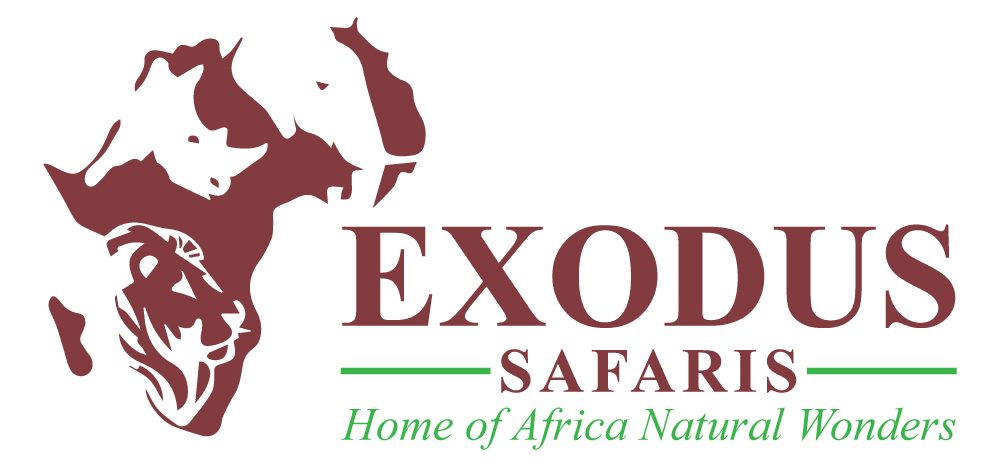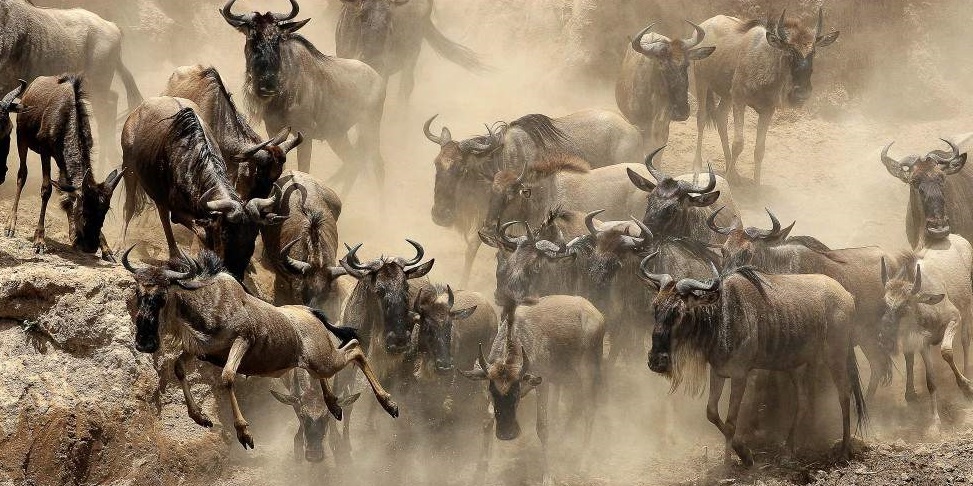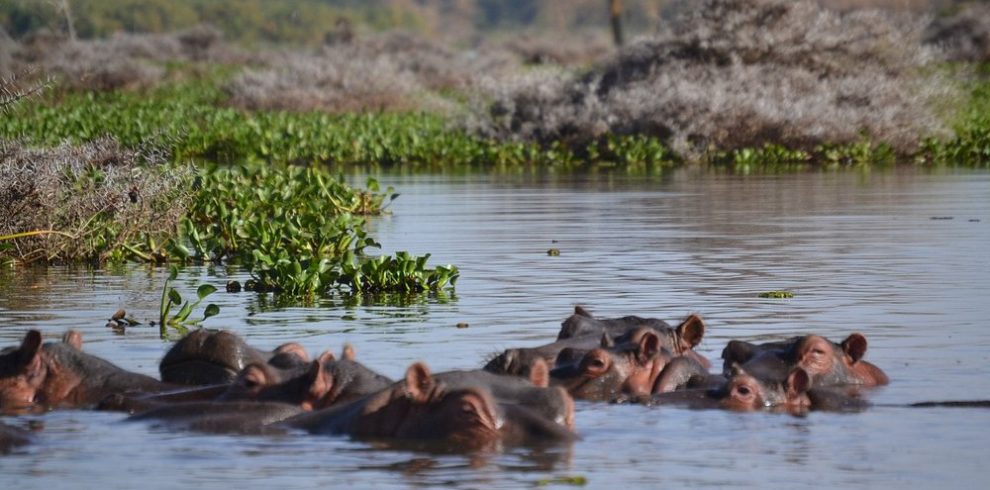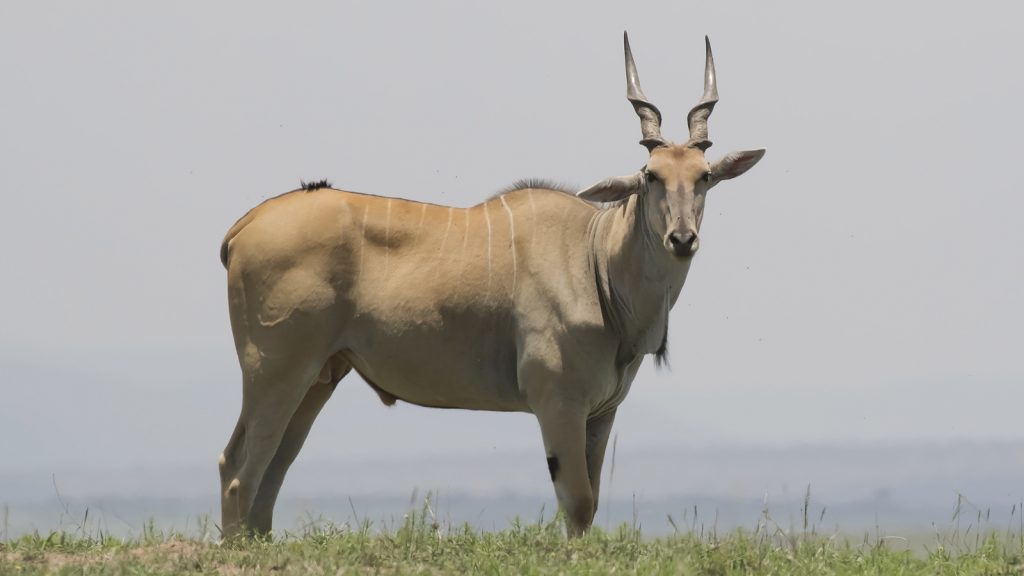
The eland, known for its impressive size and graceful demeanor, is one of Africa’s most majestic and iconic antelope species. Often overshadowed by more popular animals like lions and elephants, the eland deserves recognition for its unique characteristics, behaviors, and role in the ecosystems it inhabits. In this article, we will explore 5 fascinating facts about the eland, shedding light on the lesser-known aspects of this magnificent creature.
1. The Eland is the Largest Antelope in the World

One of the most remarkable facts about the eland is its size. The eland is not only the largest antelope species in Africa but also the largest in the world. Male moose may reach 1.5 meters (5 feet) high at the shoulder, and up to 900 and 1,000 kilograms (2,000 or 2,200 pounds), gigantic and sheerbeasts. Females are normally smaller in relation to males but still formidable on their own with a weight of approximately 500 to 600 kilograms (1,100 to 1,300 pounds). The eland’s impressive size makes it an awe-inspiring sight in the wild. Despite its bulk, the eland is surprisingly agile and can move quickly when it needs to. It can run up to speeds of 40 miles per hour (64 kilometers per hour) in brief jolts and thus can be able to escape predators such as lions or wild dogs.
Additionally, the eland’s size and strength provide it with an advantage when defending itself, as it can use its powerful legs and horns to ward off attackers. Male elands have large, spiraling twisted horns that can grow up to 1 meter (3.3 feet) long. These horns are fought over during dominance fights which especially occur during the mating seasons when males fight to gain access to the females. The horn shape and structure of the eland are one of the species’ defining features, and they add to the animal’s majestic appearance. The horns are a very useful gadget to the males because when competing with each other in the intense battle they can be actually injured, but on the other hand it is as well a part of this natural struggle over the mates.
2. Elands Have Exceptional Adaptations for Survival
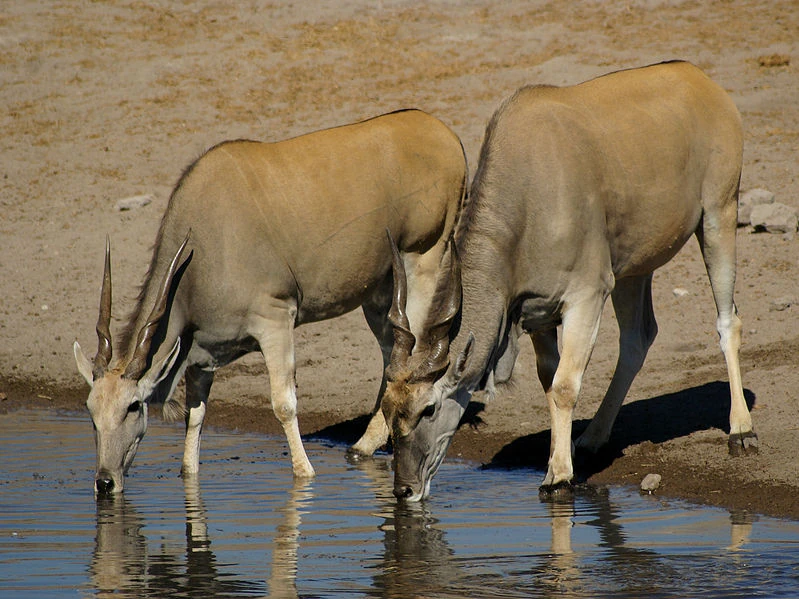
Facts about the eland reveal that these incredible animals are equipped with a wide range of adaptations that help them thrive in some of Africa’s harshest environments. The eland is highly adapted to life in both savannas and semi-arid regions, where it faces extreme conditions such as droughts, intense heat, and scarce food sources. One of the most notable adaptations of the eland is its ability to go without water for extended periods. Unlike many other herbivores, the eland can survive in areas with limited access to water. This is owing to the fact that this animal is able to draw out moisture on the vegetation preyed upon in addition to the fact that its kidneys are very efficient to lose minimum water.
The eland’s body is also designed to conserve moisture through various physiological processes, such as adjusting its metabolic rate based on environmental conditions. The eland’s digestive system is another remarkable adaptation. Like many antelope species, the eland is a ruminant, meaning it has a multi-chambered stomach that allows it to break down tough plant material. The eland is a browser as well as a grazer, meaning it feeds on both grasses and shrubs. This mixed diet helps the eland find sustenance in a variety of habitats, from grasslands to woodland areas. The eland’s ability to browse on shrubs and trees gives it an advantage over other herbivores that are more dependent on grasses.
Furthermore, the eland’s thick, coarse coat helps protect it from the intense African sun. It also aids the animal maintain its body temperature because the coat acts either as a thermal blanket or blanket during adverse weather. During colder months or in higher altitudes, the eland’s coat becomes denser, offering extra warmth. The eland’s coat color can range from light tan to a more reddish-brown hue, which helps it blend in with the environment, especially in the dense foliage of forests or scrubland.
3. Elands Have Complex Social Structures
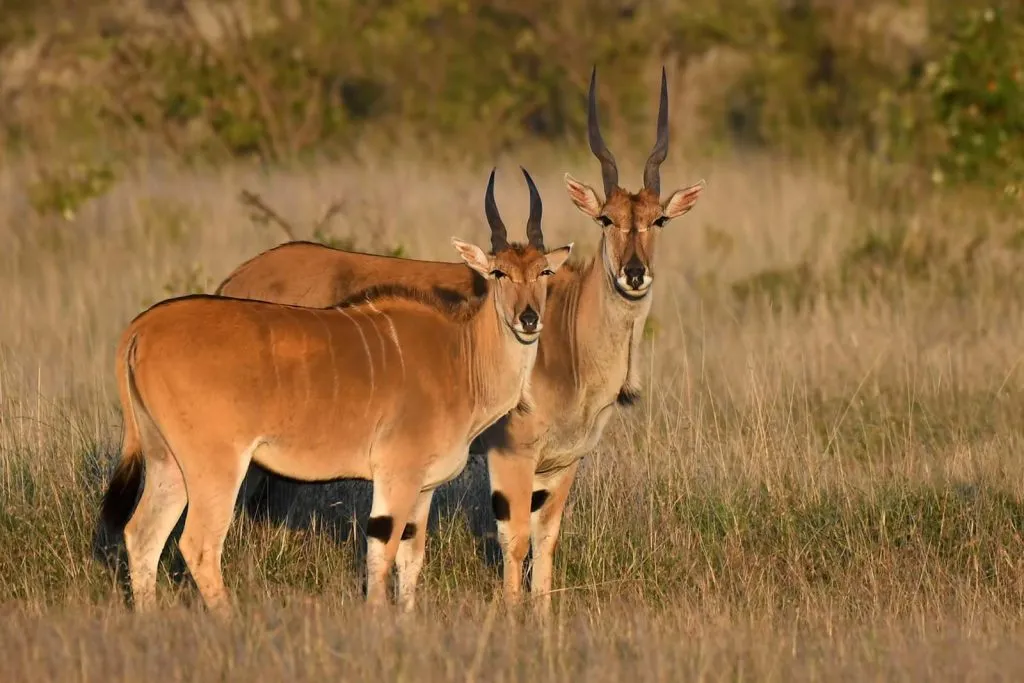
Another interesting fact about the eland is the complexity of its social structure. Elands are known for being relatively social animals, and they tend to form groups, although their social behaviors can vary depending on environmental conditions, the time of year, and the availability of food and water. Eland herds typically consist of females and their young, with males often leading more solitary lives, especially outside of the breeding season. Females and young elands form herds that are led by the dominant female. These herds can range in size, with larger herds often consisting of 10 to 30 individuals, but occasionally, elands may form larger groups when resources are abundant.
These herds help to protect the animals against the predators and social bonding. Within these groups, elands engage in various social behaviors such as grooming, mutual defense, and coordinated movement. Men, however, tend to be more lonely or exist in small bachelor groups. During mating season though, the dominant males will search around and find groups of females and fight the other males who do the same and copulate with the females. These males will go into horn battles with the use of large curved horns used to push and shove each other in a display of strength and dominance.
The victor of battles gains access to mate with the females. Male elands are usually more solitary outside of the breeding season, although they may still interact with other males. Interestingly, young elands stay with their mothers for an extended period of time. This long term investment in infants provides significant benefit to the young and allows them to acquire valuable survival information, including how to forage and evade predators. The connection of mother and little one is firm and the connection may tend to endure up to two years during which time, the calf becomes freer.
4. Elands Have a Unique Communication System

Communication is a critical aspect of survival for many species, and the eland is no exception. Facts about the eland reveal that these animals have a range of vocalizations and behaviors they use to communicate with one another, especially within their herds. One of the most interesting forms of communication in elands is their vocalizations. Elands are known to make a variety of sounds, including low grunts, whistles, and snorts, which can be used to signal distress, alert other members of the herd to potential threats, or communicate with their calves.
The vocalizations of elands are particularly noticeable during the mating season when males will make deeper, more resonant calls to attract females. In addition to vocalizations, body language plays a key role in eland communication. Elands will use body posture, facial expressions, and movements to signal their intentions or emotions. For example, when threatened by a predator, the eland may raise its head, show its horns, or engage in defensive behavior to intimidate the threat. Elands will also use body language to indicate submission or dominance during interactions with other members of the herd, particularly among males competing for mates. Elands are also capable of making distinct foot stomps when they feel threatened. The stomp is both a means of communication and a dire warning to any possible predator. This behavior is most commonly observed when the eland senses danger, and it acts as a way to alert the rest of the herd to the potential threat.
5. Elands Are Incredibly Valuable to Ecosystems
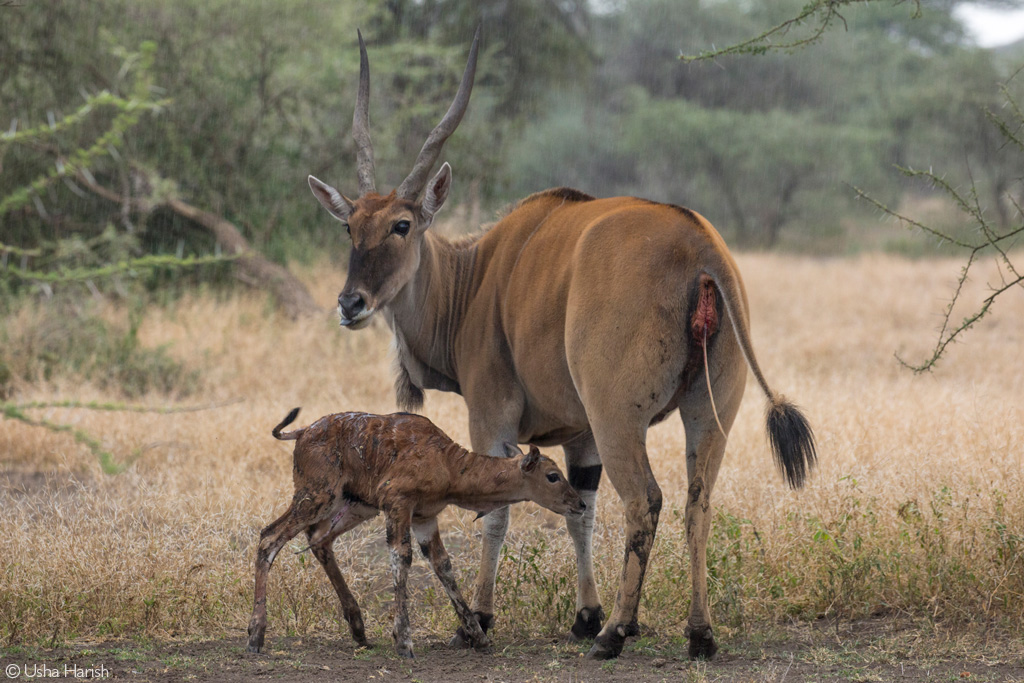
Facts about the eland reveal that this impressive species is more than just a beautiful creature – it is also vital to the health of the ecosystems it inhabits. Elands play an important role in shaping the landscape and maintaining biodiversity, primarily through their feeding habits. As both browsers and grazers, elands help to maintain healthy vegetation in their environments. They eat grasses, shrubs, and tree leaves thereby ensuring that some plant species do not grow too much over time and take over the landscape. This will enable a wide variety of plant species to excel and this implies that a wide variety of herbivores, insects, and other animals will depend on the same vegetation.
Elands also act as seed dispersers, particularly in the case of trees and shrubs. Since they feed on vegetation, through dropping off, which is inadvertent, they end up distributing seeds facilitating the growth of new plants and sustaining plant diversity within their respective ecosystems. This type of seed dispersal is particularly crucial in the arid areas where plant life is relatively scarce and plant regeneration is critical to the health of the ecosystem. Furthermore, by grazing on vegetation, elands contribute to the prevention of bush encroachment, which can occur when invasive shrubs and trees overtake grasslands and other open habitats. This encroachment can lead to a loss of biodiversity, and the presence of herbivores like the eland helps to maintain a balance between grasslands and shrubs.
Conclusion
The eland is an extraordinary and often underappreciated animal. From its size and strength to its complex social structure and role in maintaining ecosystem balance, the eland is a remarkable species with many fascinating qualities. Whether it’s the way it communicates, its unique physical adaptations, or its impact on the environment, there is no shortage of facts about the eland that make it one of the most impressive creatures in Africa’s wildlife. Conservation efforts to protect this incredible species are essential, as the eland faces threats from habitat loss and human encroachment. By understanding and appreciating the many fascinating aspects of the eland, we can help ensure its continued survival and recognize the important role it plays in Africa’s diverse ecosystems. The eland is a living testament to the beauty and complexity of the natural world, deserving our attention and protection for generations to come.
